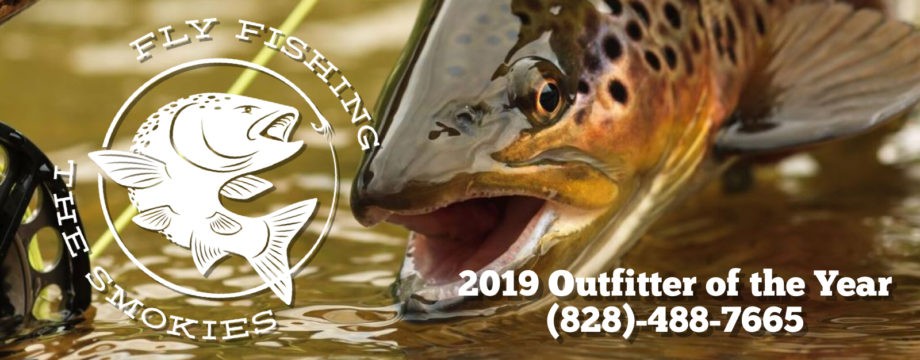Fly Fishing Report for March 2105
Spring Fishing is upon us, Finally!
After a brutally cold Winter, the thaw looks to finally be here and so is the great fishing that the Great Smoky Mountains are known for.
The Tuckasegee River in North Carolina is the hottest destination at the moment for great trout fishing action in the Smoky Mountains. The Tuckasegee River is a western sized tail-water that offers perfect water temperatures for trout. It just happens to be one of the most stocked rivers in the south, boasting trout count totals near 12,500 trout per mile! This is great news for those learning to fly fish, simply because no other stream will offer you as many trout or chances of hooking trout than does the Tuckasegee. Drift boat fishing ( called Float Trips) on the Tuckasegee River have been very good this past week too. Scheduled Flow Releases have been good for everyone. The water has been rising mid morning and turning off by late afternoon keeping both wade fisherman and the guides with boats happy.
The Great Smoky Mountains National Park is off to a good start. We have seen plenty of trout rising to eat dry flies by mid morning and carrying over to late evening. The water has been high compared to last year, but the fish are hungry, and barely spooky. We are just starting to guide in the several of the Smokies streams at present time, and will add more streams as the action continues to improve.
Best flies are;
Blue Duns #14-18, Little Black Caddis in #16-18, Black Caddis Pupae in #16-18, Little Winter Stonefly nymphs in #16-20, Little Winter Stonefly dries in #14-18, Blue Winged Olives in #18-22, Quill Gordons in #12-14, egg patterns in #10-12, Rainbow Warriors in #14-20, and black midges in #22-26. For Streamer patterns try black and olive Woolly Buggers in sizes #6-8, dark brown Sculpins in #6-8, and black Rabbit Strip Zonkers in #6-10.
Fontana Lake is getting better for Walleye, and Crappie. The top choice for bank fishing is still catching fish with live night-crawler rigs working the along the edges of the shoreline. Working rattle traps and deep spinner baits across points next to deep drop offs are pulling in good sized Largemouth. and Smallmouth bass. Work them slowly and hold on. Walleye are best caught by jigging live night crawlers near rock walls in the vicinity of creek and river mouths. Trolling deep running crank baits and plastic minnows near creek and river mouths at depths of 45-60 feet are bringing up some good fish too. Walleye have yet to start their runs up river just yet, but it shouldn’t be long.
Remember to check area fishing regulations as March Madness applies to fishing too. Regulations and season closures will vary between watersheds and designations. Know the regulations before you make that first cast.
See you on the water!


You must be logged in to post a comment.